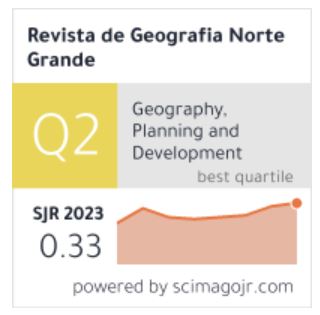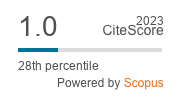Posibilidades de aplicación de lodos o biosólidos a los suelos del sector norte de la Región Metropolitana de Santiago
DOI:
https://doi.org/10.4067/S0718-34022007000100003Keywords:
Biosolids, soils, BARU's (Biosolids Application Response Units)Abstract
One of the most negative environmental impacts that have had an explosive growth of Santiago's Metropolitan Region in the last decades, has been the pollution of water courses caused by effluents of waste waters. As a consequence, waste waters are being now treated at national and urban scales, substantially improving their environmental quality. However, treatment processes generate, like a byproduct, residual sludge or bio-solids that reach already 75.555 ton day-1 in the Santiago region. It is expected an increasing amount of sludge as a consequence of the growth of the number of treatments plants in the near future. Although, these sludge have properties that would allow the improvement of the physical features and productive of the silvoagropecuarian lands, they also contain elements like metallic traces and some pathogens, that can cause damages on the human health. This paper analyzes soils than can be adequate receptors for water treaties sludge, non pollutants and compatible in terms land use and habitability






